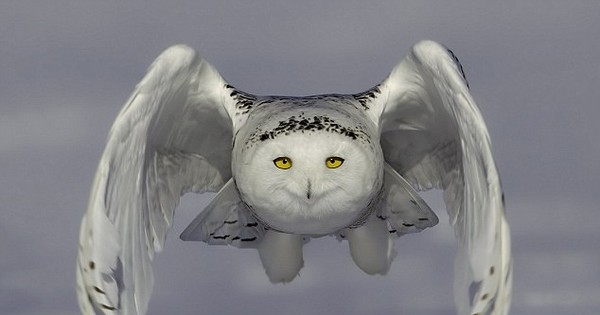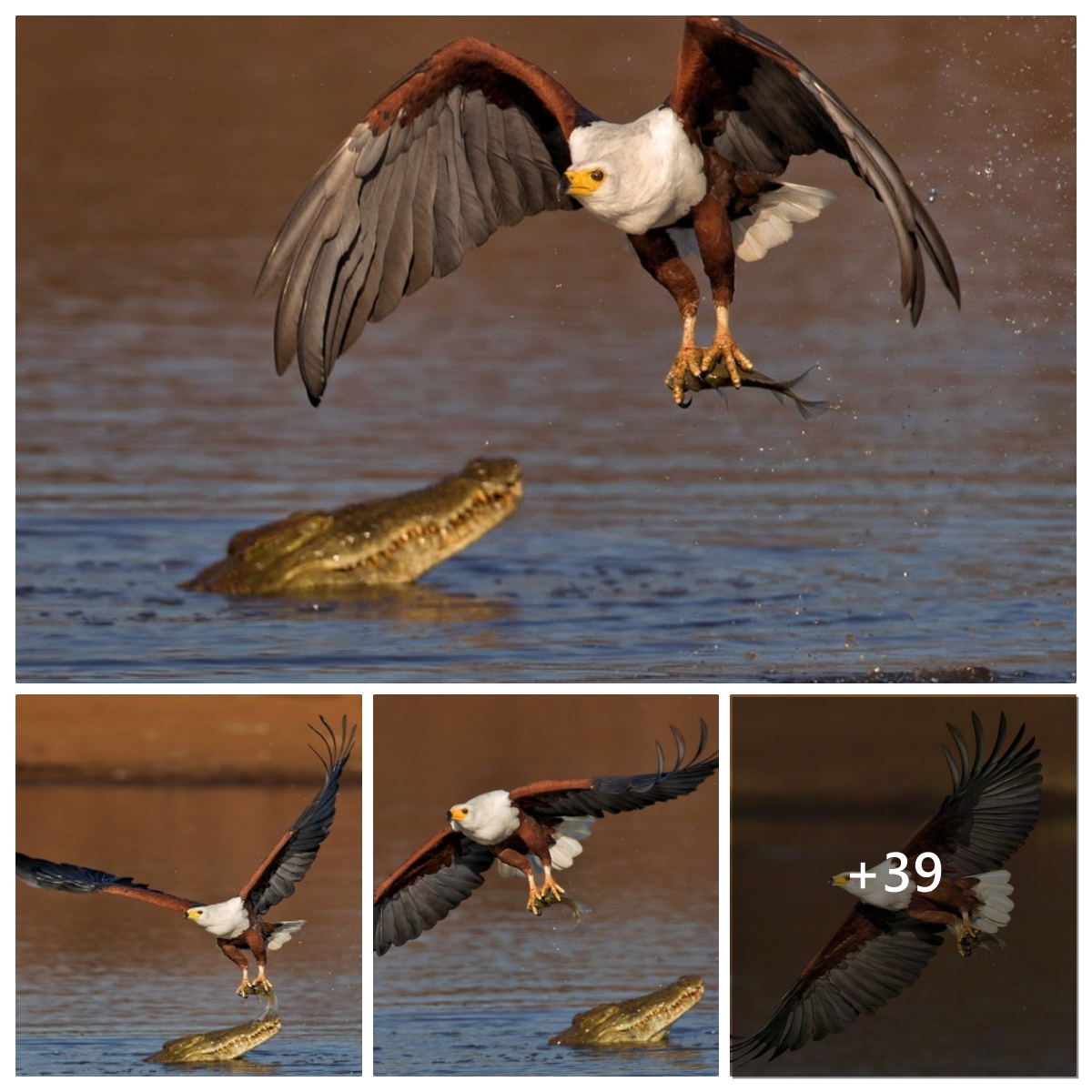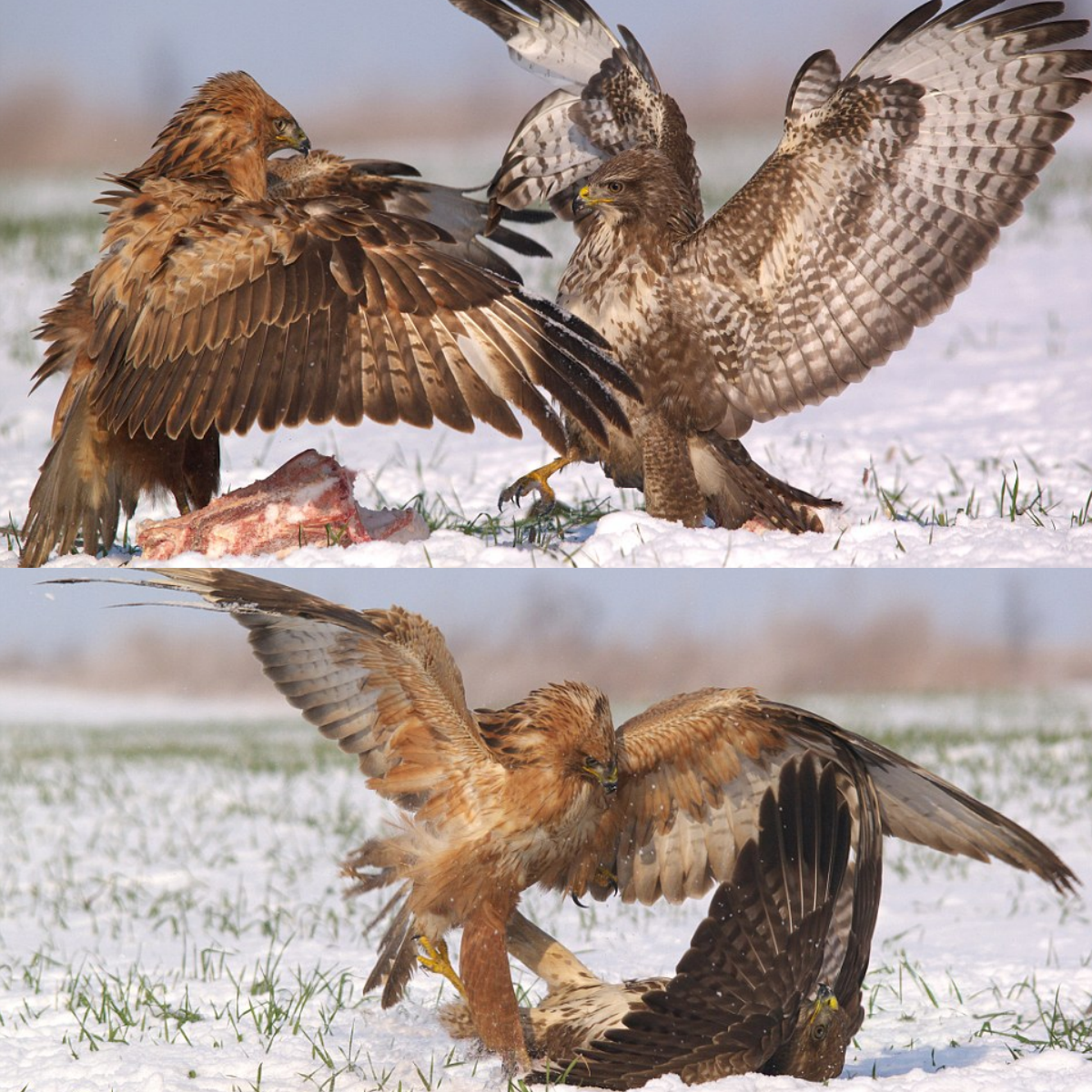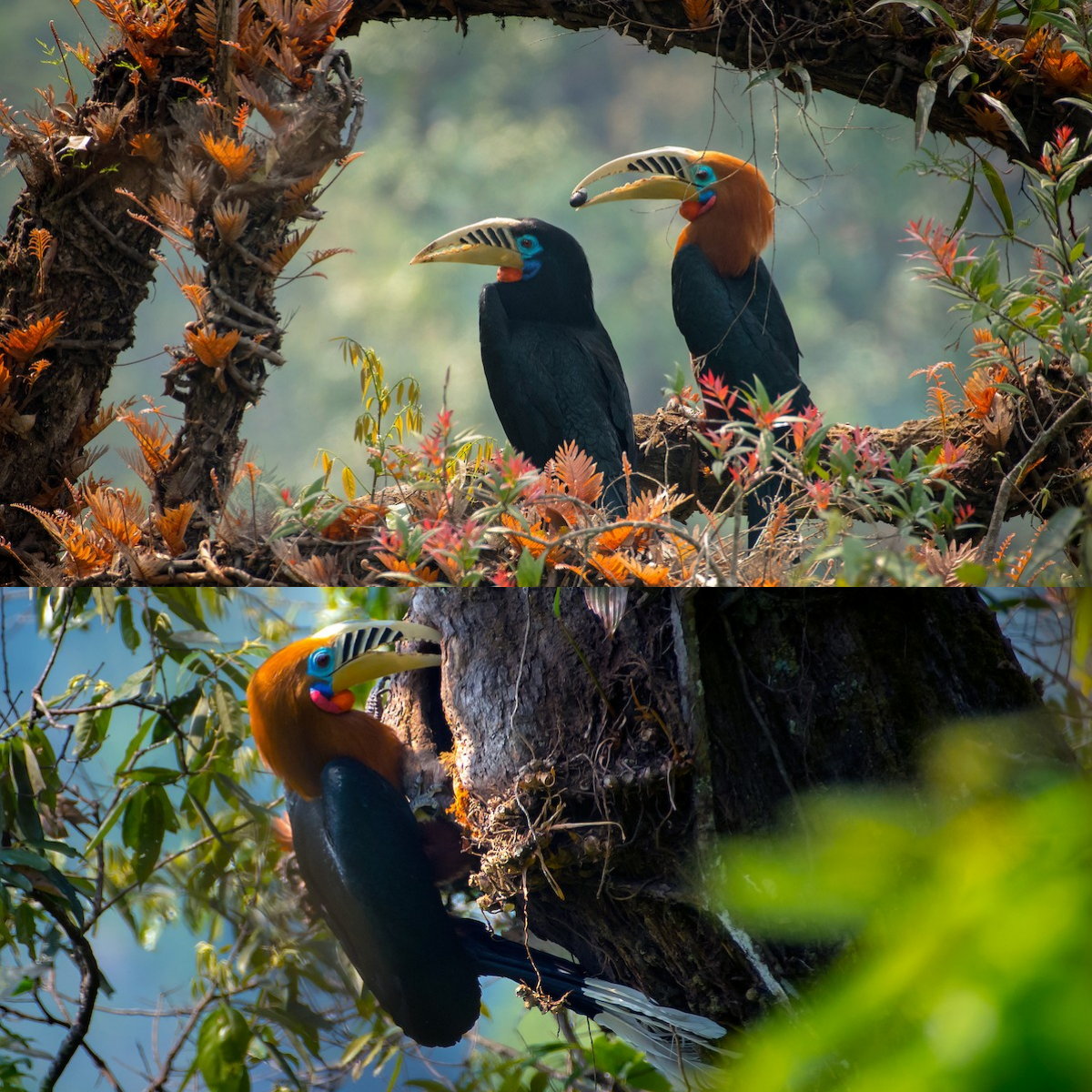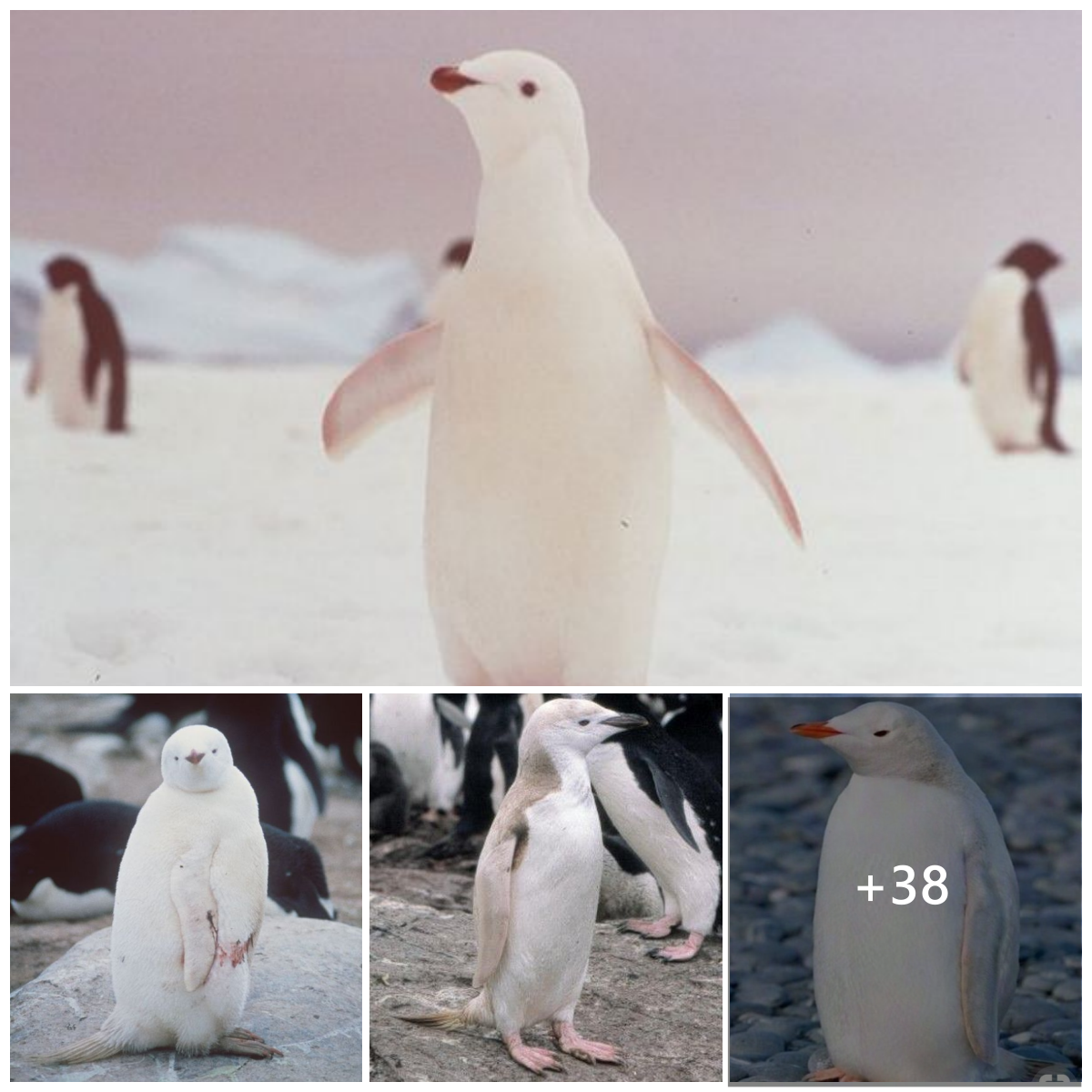Appearance & Identification
What do curlews look like?
Curlews are tall waders, around the same size as female pheasants, but with slender blueish-grey legs and a long dark grey crescent-shaped bill that curves downwards. Their buff-brown upperparts are streaked with darker markings, while their underwings are pale, and their belly and underparts are off-white, marked with darker mottling.
Females and males are largely indistinguishable. Their plumage is identical and the only marked difference is the length of the bill – a female’s bill is marginally longer than a male’s and in general, a female is slightly larger and heavier. However, from a distance or when studying a lone bird, it is impossible to accurately judge whether a bird is male or female.
Juvenile curlews are similar in appearance to adult birds, but have more buff colouring on their breast. Their flanks are more heavily streaked, and their upperparts have some brownish spotting and darker edges to some feathers.

Eurasian Curlew

What sound does a curlew make?
The curlew takes its name from the distinctive, piercing ‘cour-lee’ sound, used all year round as a contact call or display signal and also as an alarm call. They are also well-known for their low-pitched rising bubbling song, heard during courtship.

Diet
What do curlews eat?
Curlews have a varied, but primarily carnivorous diet, which includes shellfish, worms, shrimps, crabs, berries, seeds, small fish, insects, and even small birds, reptiles and amphibians.
As males and females have different bill lengths, they tend to head for separate foraging grounds. Female curlews feed on coastal mudflats while males forage mainly on cultivated grasslands.
What do baby curlews eat?
Baby curlews are initially fed on earthworms, larvae and caterpillars. Once they have left the nest, curlew chicks join their parents foraging in grassland for spiders and insects.

Curlew wading and foraging for food
Habitat & Distribution
What is the habitat of a curlew?
Curlews breed on a range of habitats, with rough grasslands, moorlands and bogs providing an ideal landscape for building their nests, foraging for food, and raising young. In winter, they head for intertidal mudflats, saltmarshes and agricultural land, foraging particularly for cereal crops. Once the coldest months are over, they head back to upland areas of pasture, wetlands, and heathland.
What is the range of a curlew?
The British Isles and France form the western limit to the curlew’s range, and they are present across Western Europe, as far north as the Arctic Circle, to the Urals and River Volga in the east.
In winter, many birds migrate south from the northernmost regions of the range to milder climates in the United Kingdom. Some travel as far south as the Mediterranean coasts of Spain and north-western Africa, with other birds migrating as far east as the Persian Gulf and western India.
Where do curlews live?
An estimated 212,000 to 292,000 pairs of curlews live in Europe. Of these, between 76,000 and 88,000 are resident in Finland, 45,000 to 66,000 are in Britain and Ireland and 45,000 to 100,000 pairs in Russia.

Moorlands and bogs are great places to spot Curlews
How rare are curlews?
Although curlew population numbers remain fairly high and they are resident over a wide range of habitats and geographical regions, these giant waders have become a cause for concern, with declines in their breeding ranges and habitats. They are becoming increasingly rare, and conservation efforts to attempt to preserve their habitats and reverse the decline exist.
Where to see curlews in the UK?
Curlews are resident in the UK all year round, with most concentrated in Scotland (around 60 percent of the breeding population) and the remaining birds mainly across the north of England. Wintering birds arrive on UK shores from July onwards and can be seen in coastal regions further south than their breeding ranges, as well as across the island of Ireland.

Eurasian Curlew in flight
Lifespan & predation
How long do curlews live?
Curlews commonly live to 20 years, although up to 30 years is not unheard of. The oldest ringed pair of curlews recorded were 32 years old. However, the odds are stacked against young curlews surviving beyond the fledgling stage.
Curlew populations are in severe decline, thanks in part to the species’ poor rate of fledgling survival. A rate of just 0.2 curlews per brood make it to adulthood, which is the equivalent of each pair producing only one chick that will reach maturity every five years
What are the predators of curlews?
Foxes and carrion crows are among the common predators of curlews. Curlews frequently nest near kestrels, and are thought to benefit from their presence, as this sees off additional predators. However, although they do not prey on curlew eggs or adult birds, kestrels will opportunistically take young wader chicks

Are curlews protected
Curlews were added to the Red List on the UK Conservation Status Report in 2015, highlighting an urgent need for conservation efforts to save the species from further population declines. Curlews are also protected under the African-Eurasian Waterbird Agreement (AEWA), a UN treaty that aims to preserve habitats for threatened wetland species across Europe.
Are curlews endangered?
Over recent decades, curlew populations have recorded a sharp decline in numbers, and this has been reflected in their conservation status being upgraded from a species of least concern to near threatened.
Eurasian curlews’ habitat is under threat from increased farming on upland pastures, causing loss of safe and suitable breeding sites. Drainage of land for agriculture and encroaching development and reforestation projects also limit areas that curlews can successfully breed in.
A pair of curlew in the meadow
Breeding
Where do curlews nest?
Nests are constructed by male curlews, and are a shallow depression dug into the ground, usually in open grassland or sedge cover, away from trees and dense vegetation. The nest scrape, around 15 to 24 cm (5.9 to 9.4 in) wide, and between 3 and 12 cm (1.2 to 4.7 in) deep is then lined with grass and feathers.
What do curlew eggs look like?
Curlews typically lay between 2 and 5 eggs – with four the most common number. Eggs are a greenish-olive and are mottled with dark brown and grey markings. On average, eggs measure 67·6 by 47·9 mm (2.6 by 1.9 in). Females lay one clutch each season, between April and early July, and eggs hatch after 26 to 30 days. Incubation is either shared between the sexes or undertaken mainly by the female.
Do curlews mate for life?
Many curlews return to the same breeding site year after year, and strong pair bonds are frequently maintained in subsequent breeding seasons.
The nest of a curlew with three eggs inside
Behaviour
Are curlews aggressive?
Curlews are sociable and can be noisy, but are not especially aggressive outside of the breeding season. While nesting, they can become highly territorial and secretive about the site of their eggs and young.
Migration
Do curlews migrate?
Eurasian curlews are mostly migratory, but some resident birds remain in the UK all year round. Much of the population of curlews from northern Europe, in particular Scandinavia and the Baltic states migrate southwestwards, towards the Mediterranean coast of south-west Europe and north-west Africa.
Migration begins from June onwards, with non-breeding birds and adult females leaving first. The final migrants leave by early November, and spend until at least February on their wintering grounds.
Curlew searching for food, early in the morning
How did the curlew get its name?
Both parts of the curlew’s scientific name, Numenius arquata, relate to the shape of its elongated curved bill. Numenius comes from two ancient Greek words ‘neos’ meaning ‘new’ and ‘mene’, referring to the shape of the bill being similar to the appearance of a crescent moon. ‘Arquata’ is the Latin word for an archer’s bow.
The English name is said to derive from the display call ‘cour-lee’ made by curlews. Some sources claim that the name’s origins lie in the Old French word ‘corliu’ meaning ‘messenger’, from the verb ‘courir’ meaning ‘to run’.
How many curlews are in the wild?
According to 2015 data, there are an estimated 212,000–292,000 breeding pairs of Eurasian curlews living across Europe. Of these, an estimated 66,000 pairs breed in the UK. This number temporarily swells to 140,000 individual birds during winter as visiting curlews arrive from Scandinavia and other breeding locations across Western Europe. The UK winter population represents around 30 percent of the total European population of curlews.


